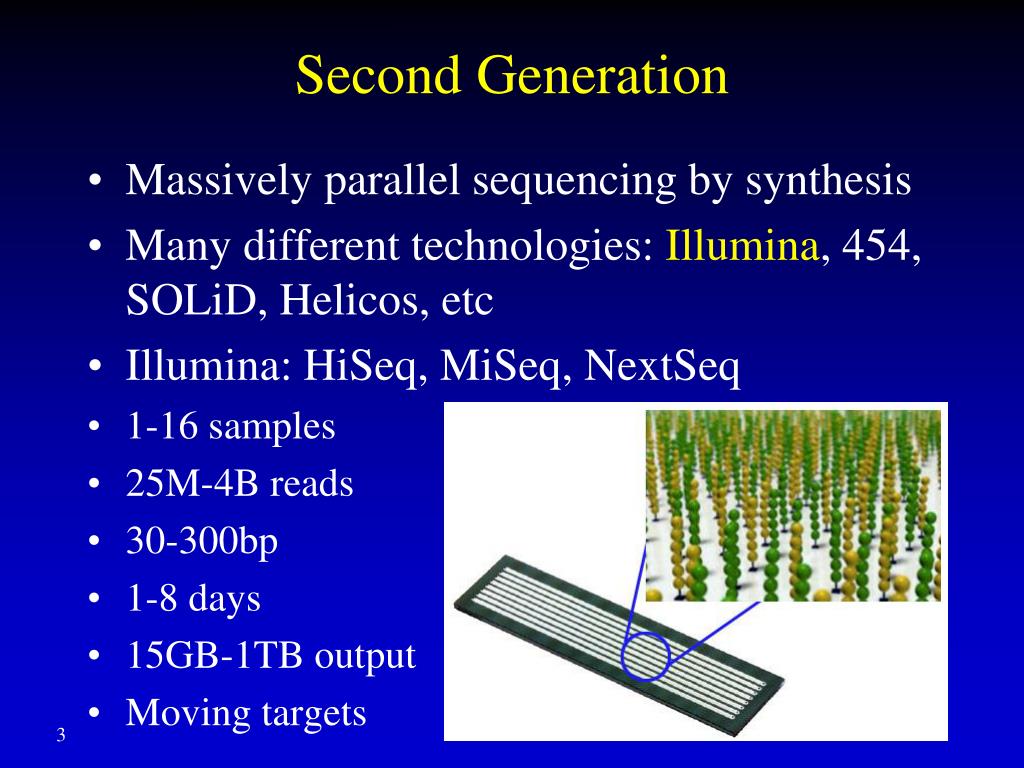

Indonesian insurtech startup Fuse gets 25M. The $240 million first CSIRO Innovation Fund, built on a cornerstone investment by government and CSIRO has completed its portfolio and invested in 27 companies since establishment in 2017. The startup has closed three funding rounds of Series B within the past six months, bringing the company’s total raised to more than 70 million. About 90 percent of the stars in the universe, including the sun, are main sequence stars. abundance are shown for a 25M star with solar metallicity (left) and a rotating and non-rotating. These companies have created over 2100 jobs by working with partners in industry, CSIRO, and 28 Australian universities. Main sequence stars fuse hydrogen atoms to form helium atoms in their cores. Massive stars, for which the zero age main sequence. Main Sequence’s origins within CSIRO reflect its commitment to amplifying connections between industry, research and infrastructure to accelerate deep technology development, and reinvesting economic returns from commercialisation back into science.ĬSIRO Innovation Funds 1 and 2 managed by Main Sequence, have invested in 51 companies since establishment in 2017. Send us feedback about these examples.Main Sequence was founded by CSIRO in 2017 to address the ‘valley of death’ between research and commercialisation. today announced that it landed 25 million in a Series A funding round led by Redpoint Ventures. Most stars lie on the main sequence, which extends diagonally across the HR diagram from high temperature and high luminosity to low temperature and low luminosity. These examples are programmatically compiled from various online sources to illustrate current usage of the word 'main sequence.' Any opinions expressed in the examples do not represent those of Merriam-Webster or its editors. Heartex raises 25M for its AI-focused, open source data labeling platform. The HertzsprungRussell diagram, or HR diagram, is a plot of stellar luminosity against surface temperature. Jennifer Leman, Popular Mechanics, 13 June 2020 See More 2022 Stars spend a majority of their lives in the main sequence phase. Abstract We present the evolution of a 25 M star model having solar chemical composition from the pre-main-sequence phase up to the onset of the iron core collapse. It will be billions of years before the Sun begins its own 'climb' away from the main sequencethe expansion of its outer layers that will make it a red giant. 2022 In this case, the researchers propose looking at K-dwarfs (a set of relatively cold stars in the main sequence) that are local by astronomy standards. The track for a 1-solar-mass star shows that the Sun is still in the main-sequence phase of evolution, since it is only about 4.5 billion years old. One of the fundamental forces in the Universe is gravity. Our Sun is about 5,000 million years into its 10,000 million-year main-sequence. Stars spend about 90 of their lives in this stage. These nuclear fusion take place deep in the cores of stars. terminal age main sequence (TAMS) in the HR diagram and the decrease of. Sarah Kuta, Smithsonian Magazine, 25 Oct. Main-sequence stars are fusing hydrogen into helium. Spectroscopic studies of Galactic O and B stars show that many stars with masses. 2022 These types of stars, which are very common in the Milky Way and throughout the universe, are the dimmest and smallest of stars that fuse hydrogen into helium in their cores, known as main sequence stars.

The Physics Arxiv Blog, Discover Magazine, 30 Sep.
The Main Sequence is a Mass Sequence: Lower M-S: M < 1.1 M sun Upper M-S: M > 1.1 M sun.2022 However, most of these are around main sequence stars and red dwarfs. Lecture 15: The Main Sequence Readings: Chapter 20, section 20-4 Key Ideas Main Sequence stars are those that 'burn' Hydrogen into Helium in their cores. The main sequence along the HR diagram is not a singular evolutionary path, as many had thought, but a portrait of the sky at one moment in time of stars with varying masses. 2023 That’s about half the main sequence life of the largest stars in our solar neighborhood. Julia Johnson, Washington Examiner, 11 Jan. 2018 In fact, they're considered the smallest main sequence of stars, per NASA. Mara Johnson-Groh, Discover Magazine, 9 Feb. 2023 The model that best matched the data found a ratio of 2,000 planets for every main sequence star in the galaxy -billions of stars. Recent Examples on the Web After main sequence, however, stars like ours will run out of hydrogen fuel to burn - which could occur anywhere from about 6 to 7 billion years from now.


 0 kommentar(er)
0 kommentar(er)
